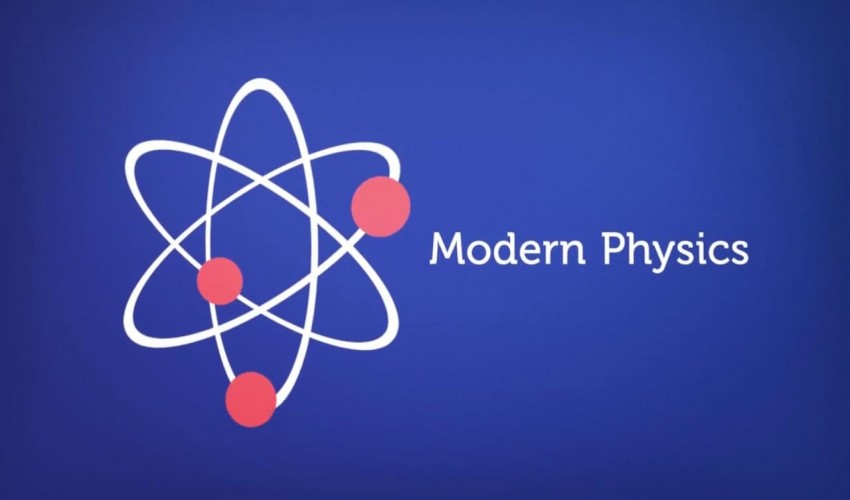
Modern physics
Modern physics is an effort to understand the underlying
processes of the interactions with matter, utilizing the tools of science and
engineering. In general, the term is used to refer to any branch of physics
either developed in the early 20th century and onwards, or branches greatly
influenced by early 20th century physics.
Modern physics can be considered consisting of classical
physics, the Standard Model of physics and theoretical physics including
quantum physics, relativity and more.
Low velocities and everyday distances are usually considered
in the realm of classical physics.
The Standard Model of physics is based on laboratory
observations from laboratories like CERN and other laboratories and does not
include a theory for gravitation such as relativity or other purely theoretical
or mathematical physics.
Modern physics, however, today also involves theoretical and
extreme conditions represented by quantum effects and relativity typically
involving distances comparable to atoms (roughly 10−9 m), while relativistic
effects typically involve velocities comparable to the speed of light (roughly
3×108 m/s). In general, quantum and relativistic effects are believed to exist
across all scales, although these effects can be very small in everyday life.
- Atomic theory and the evolution of the atomic model in general
- Black-body radiation
- Franck–Hertz experiment
- Geiger–Marsden experiment (Rutherford’s experiment)
- Gravitational lensing
- Michelson–Morley experiment
- Photoelectric effect
- Quantum thermodynamics
- Radioactive phenomena in general
- Perihelion precession of Mercury
- Stern–Gerlach experiment
- Wave-particle duality
- Solid
Recent Published
Submit Manuscript
To give your manuscript the best chance of publication, follow these policies and formatting guidelines.


